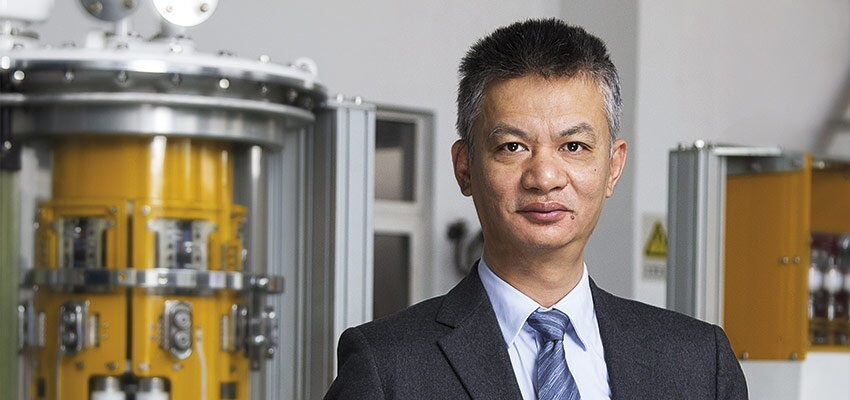
Interview: Yee Shaw, President at Huaming Group
Start in a rented workshop Huaming was founded in the 1990s. At that time, there was a great demand, but also a great shortage of...
byTransformers Magazine

Start in a rented workshop
Huaming was founded in the 1990s. At that time, there was a great demand, but also a great shortage of quality transformer components in the Chinese market. Our business grew surprisingly quickly due to the fact that we started the business at the right time.
My father founded the company as a family business, and my younger brother and I started a small workshop, which has grown into what we are today – a company with a revenue of about USD 120 million and with corporate governance, operating a showroom in Shanghai, a main manufacture base in the suburbs of Shanghai, and a factory in Turkey, and employing a total of 670 people.
The company history can roughly be divided into three stages: the initial stage of assembly and testing, the second stage when change management and vertical integration took place, and the third stage marked by building our R&D-based product portfolio.
OLTC assembly and testing
The first stage was the initiative stage and it marked the beginning of the company. The workshop was rented and all material components were outsourced, including the assembly and testing. At the time we did not have our own design, but we followed the European design. This was usual in China of the time, when we were a closed economy. There were several other companies, including big transformer companies such as Xi’an, Shenyang, etc., who did the same. So, this is where it all started.
Thanks to our location in Shanghai, which is traditionally the industrial centre of China, we have always had very good suppliers and very committed and skilled workers. This is why we so quickly became the leader at the time when there were so many competitors in the market. Even at that stage, simply following the design of an equivalent product was often not enough considering it was not possible to meet the same product specifications because the material and the supplier control, as well as the treatment of the parts, was not up to the same standards as those of the European companies, so we had to think about how to improve the design and meet such criteria.
Change management and vertical integration
In the next stage, we developed our business further, which required organizational and management changes. We shifted from an assembly shop to manufacture-based company, meaning that we started manufacturing parts and machining in our own house. At that time, a lot of our skilled workers from the earlier time retired and there were young workers familiar with CNC machines, so we started investing a lot into internal vertical integration, including the machining, etc. In parallel, we were introducing a more modern management concept considering that by that time the company had outgrown the concept of a family company. We were the first company to become accredited with the ISO management system certification in China, in the transformer components industry, in 1996.







